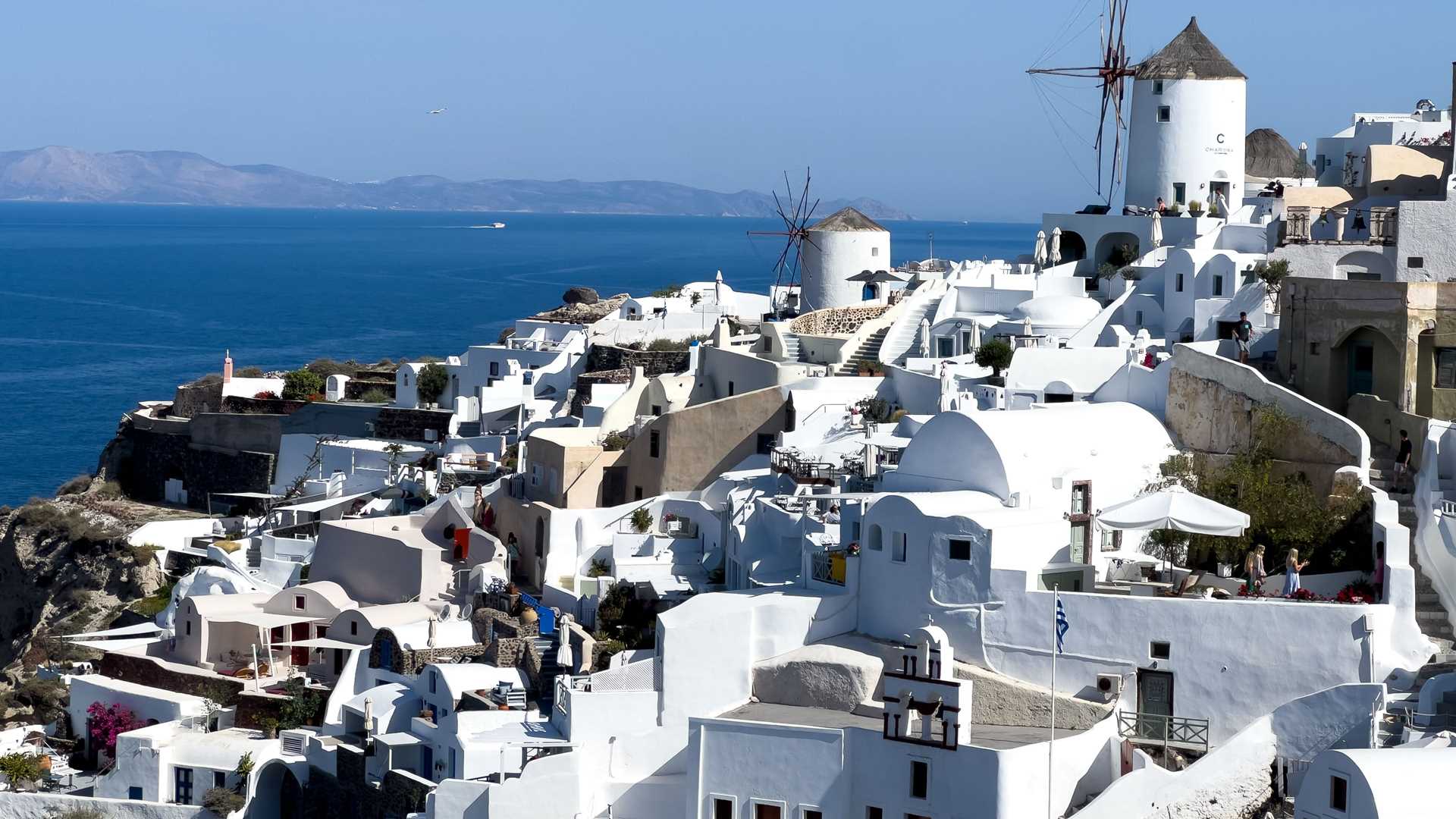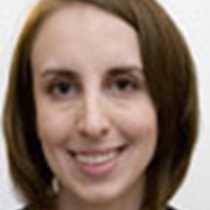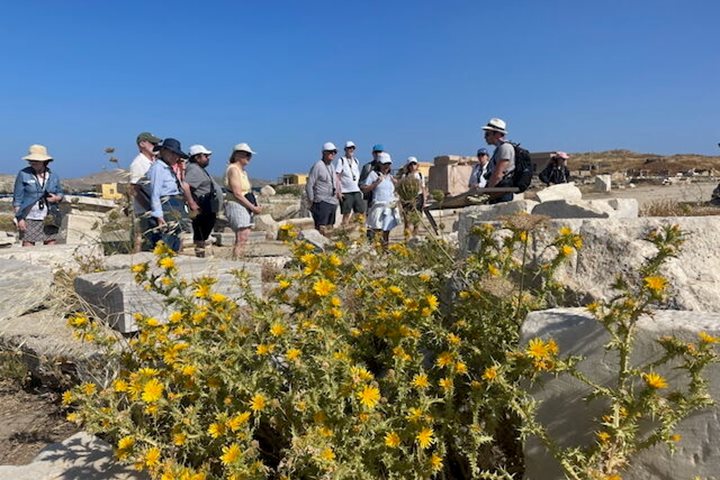On our first day at sea, we sailed directly into the seventy-six-square-kilometer caldera at Santorini to the port of Athinios. Santorini is a circular archipelago of islands, the southernmost in the Cyclades. The islands were formed after a cataclysmic eruption of the Thera Volcano.
After arriving to the shore, we hopped on buses and drove to the northern town of Oía. There we enjoyed scenic views of the white-washed buildings and the bright blue-roofed churches in the island's most popular town. Next, we headed east to the main town of Fira to visit the Museum of Prehistoric Thera, which features artifacts from the archeological site of Akrotiri.
We had lunch on shore at Restaurant Mario, where we enjoyed local Greek favorites and a plethora of the famous Santorini white wine. After lunch, we also visited the archeological site of Akrotiri, a Cycladic Bronze Age settlement that was destroyed and buried in ash by the Theran volcanic eruption — this took place in the 16th century BC, which was 1,700 years before Pompeii. We toured the archaeology museum and walked through the ongoing excavations of this well-preserved Minoan town.
At 6 p.m., Captain John pulled up the anchor, and we enjoyed a scenic sunset sail through the caldera, passing by the donkey-trail switchbacks at Fira and the cliffs of Oía. The northern side of Oía was filled with hundreds of people watching the sunset as the Sea Cloud sailed by.







